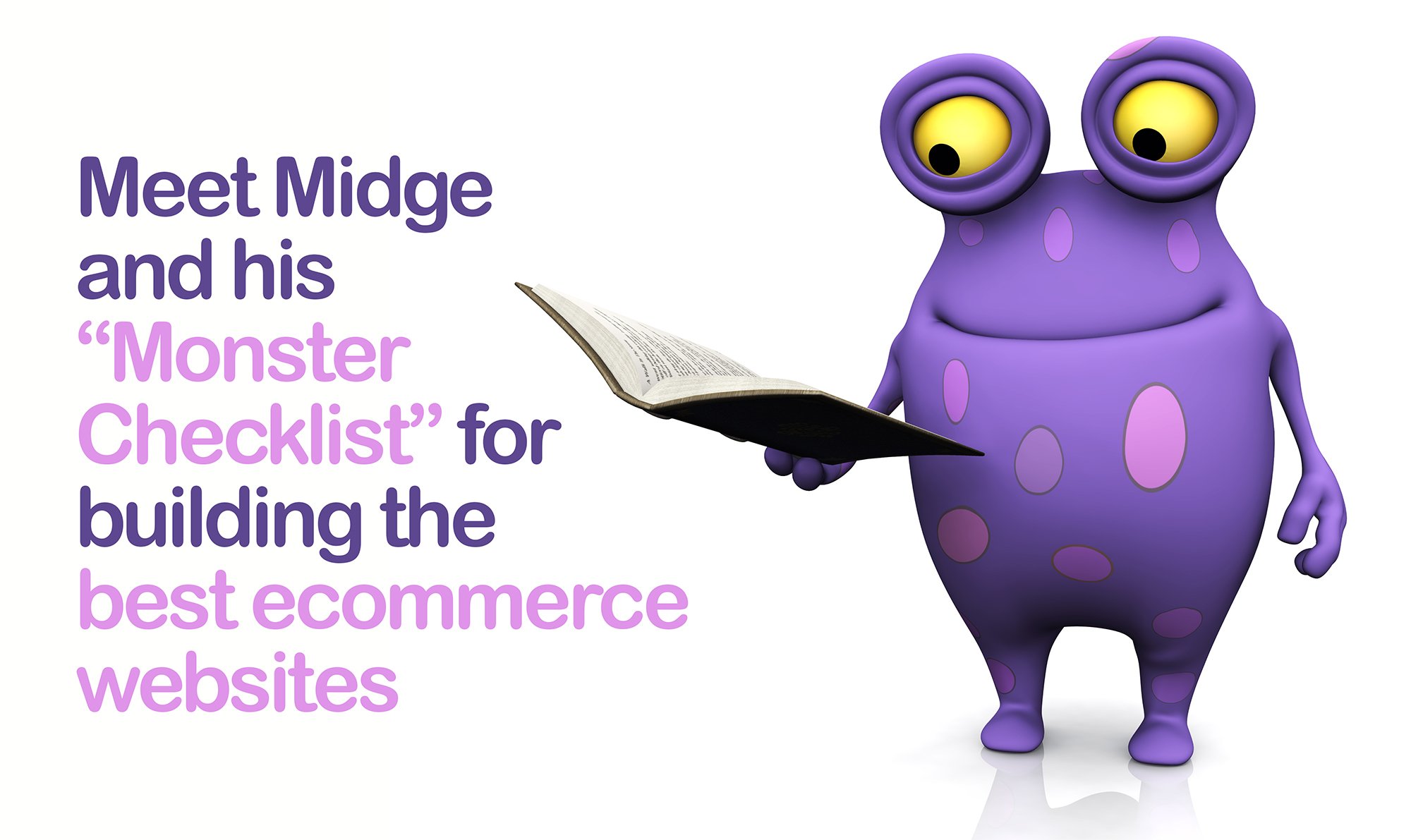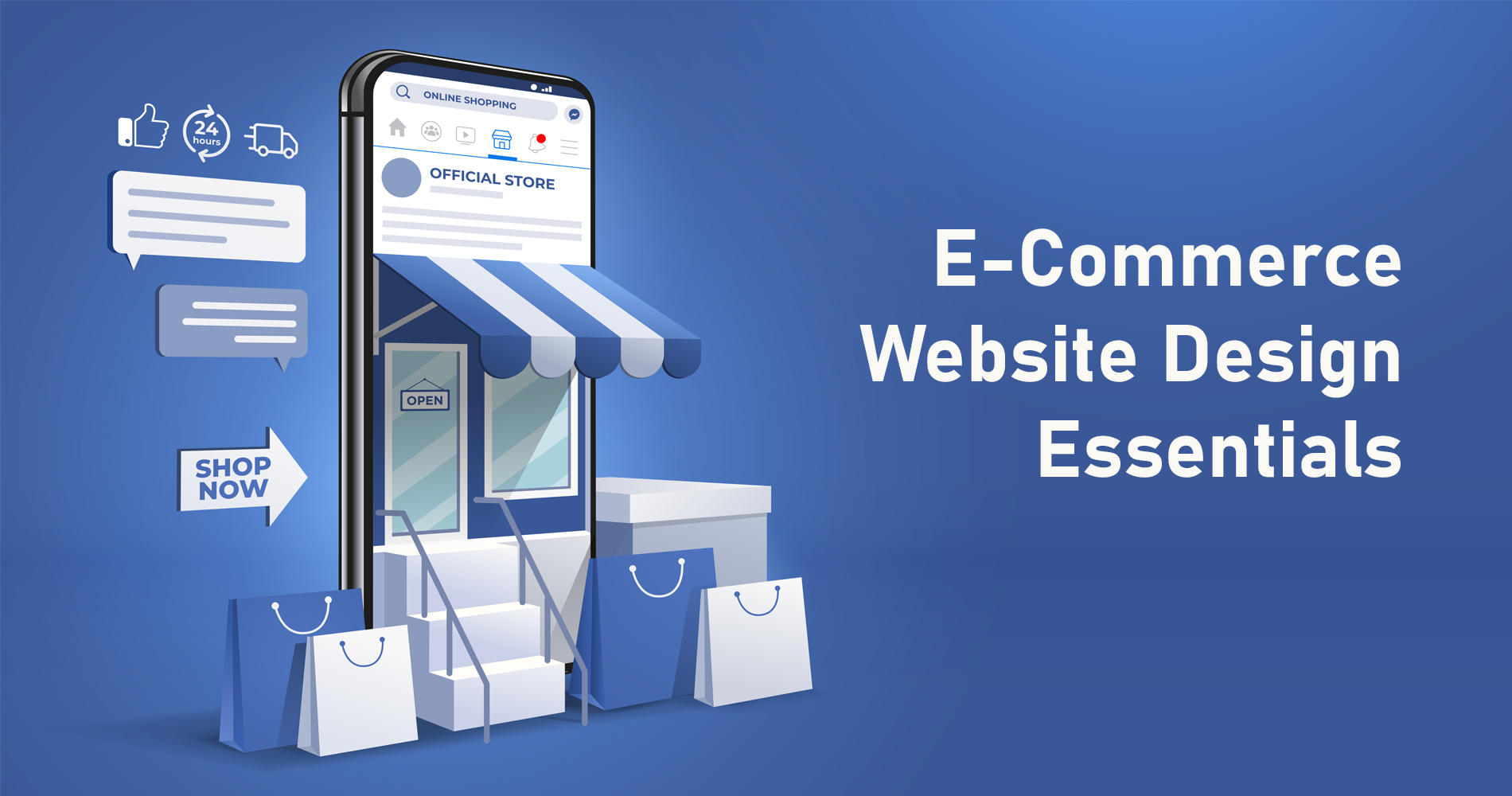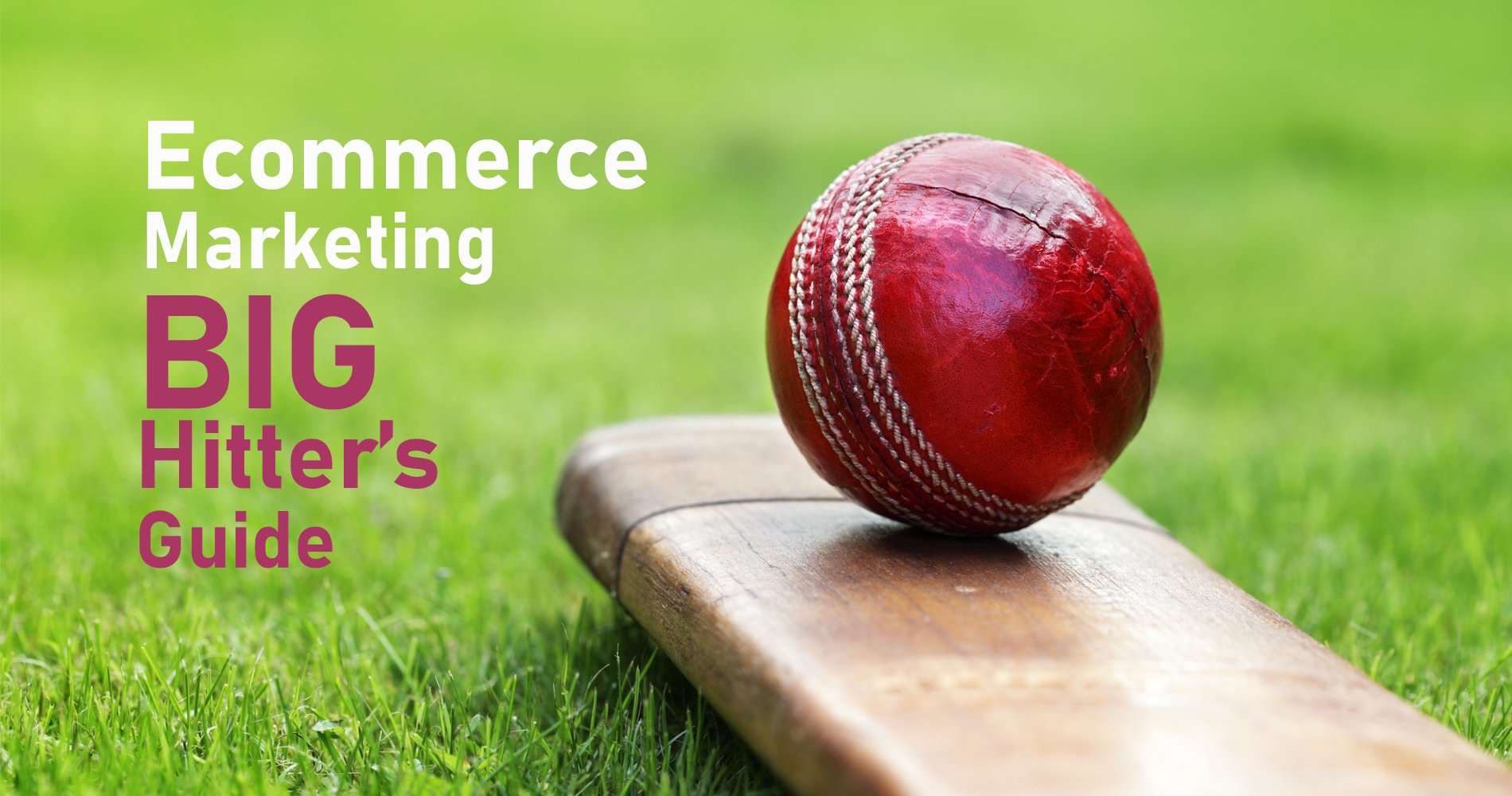The initial handful of sales on a brand-new ecommerce website can be an exhilarating experience for anybody. But, for many ecommerce start-ups, that's also where the euphoria comes to an end. To keep those sales coming in and to develop the business can become a considerable challenge.
Why Is This You Ask?
The most common explanation is that the ecommerce company wasn’t set up correctly. Several important aspects are missing, rendering it problematic to attract and retain customers in the long run. However, it does not need to be the end. It is possible to bring the absent components together and kick thing off again.
No matter whether you are still in the planning phases of launching an ecommerce store or wish to analyse why sales are slowing down, Midge’s Monster Checklist for building the best ecommerce websites can help.
1 A Robust Brand Strategy
To stand out from the crowd in an industry dominated by the behemoths such as Amazon and eBay, you need to invest a little extra time on your branding. Branding incorporates fundamentals like your store name and logo and goes all the way to your customer service approach. Consider what makes you stand out from competitors. What would you like your purchasers to remember you for?
2 A Thoroughly Optimised Website
The best ecommerce websites offer simple navigation, clear text, sharp product images, simple to load shopping cart, easy checkout functionality, compatibility over different devices and swift page load times.
The secret here is to address website optimisation as something you are constantly evaluating and fine-tuning, from the layout of your homepage to your product pages and product descriptions to the colours of the CTA's. The customer’s journey throughout your website must always be as frictionless as is possible. Don’t make it difficult for visitors to find what they are searching for and ensure it is as simple as possible to make a purchase.
3 Effortless Sign-Up/Log-In and Route to Payment
Refrain from long registration forms. Capture their name, email address, and payment details, just the basics. You will need their email address to communicate with them if they abandon their shopping cart prior to completing their transaction.
A great way to ensure it is mega easy for shoppers to finalise their purchase is to incorporate sign-in choices such as Facebook or Google. Maybe review your payment options. Do you offer PayPal? Try everything you can to reduce barriers between intention to purchase and a completed purchase.
4 Email Marketing
Have you got email campaigns ready to reach your customers about forthcoming sales? Have you got a blog or other informative elements to your website that you employ to establish confidence and trust? Develop an email marketing strategy that nicely reminds your customers that you are still around and share your appreciation for their loyalty.
5 A Clear Returns Policy
A clear return policy which can be quickly found on your website will save you a lot of time and hassles in the long-term. The very last thing you need is for your customers to be left with an unfavourable perception over a confusing returns policy. Keep it transparent, succinct, and fair. Always remember, you’re rivalling free shipping and returns loved by the millions of Amazon Prime customers.
6 Positive Customer Reviews
Great, easily viewable reviews from delighted customers is a great confidence and authority indicator for new customers, thinking about buying from you. Even inferior reviews are an opportunity to learn from your failures, and there's plenty of evidence that having a perfect record simply encourages disbelief.
Initially ask customers for reviews, through email, or on your “thank you” page following purchase. Make it super easy for customers to share their experience, and thank them for the review even if it’s not a exactly what you want to hear.
7 Reputable Customer Support
Make it very easy for your customers to get in touch. If you provide an email address or a contact page, ensure that to answer and concerns promptly. If you provide phone support, make it clear what your hours of operation are. Live chat and chat bot integration is perfect for ecommerce websites because permits customers to get help on your site even if you are not available.
As soon as you’ve applied all the actions above, my last piece of advice is to be consistent. Anytime you test different elements of your site for optimisation, ensure that you allow those tests sufficient time to garner data that helps you make effective decisions.
There isn’t one tried and tested blueprint for cultivating an ecommerce company, every business is different, and the marketplace is ever-changing. But if you begin with Midge's checklist, you’ll discover an abundance of opportunities to make the modifications that will help your business to flourish.








